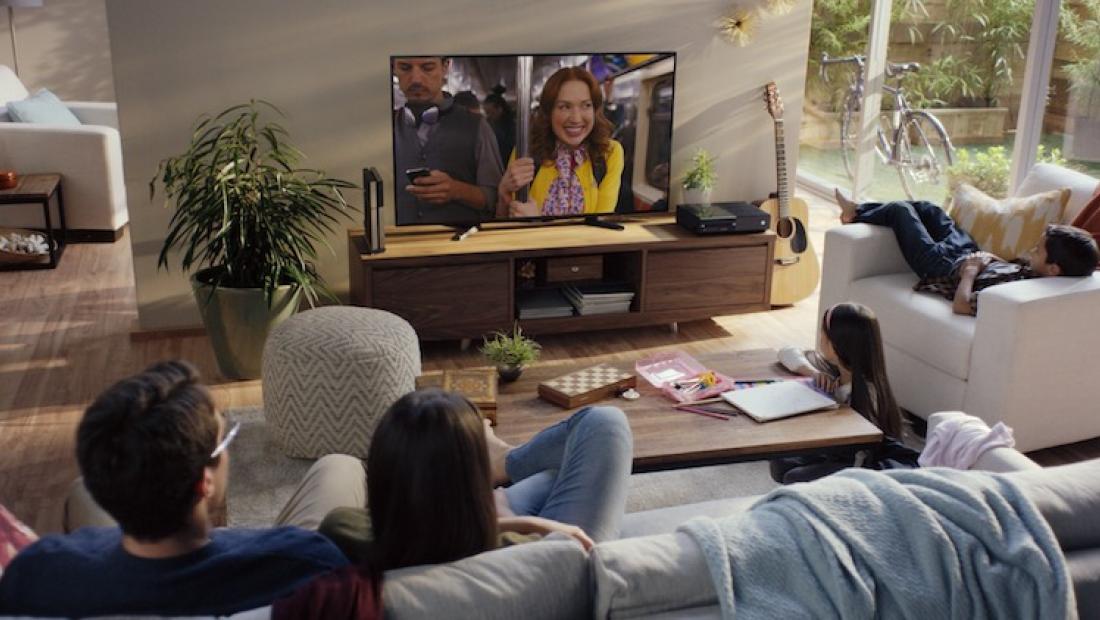TV Broadcasters Should Embrace Programmatic for Their Connected TV and OTT Inventory– Here's Why

Television is the most valuable medium in advertising, and it's no surprise why. On TV, brands pay billions of dollars to deliver their message alongside premium content in front of a massive, emotionally engaged audience on the largest screen in the home.
Now that premium video content is widely available outside of linear TV, broadcasters and content owners may be undervaluing some of their ad inventory—specifically the ads served through Connected TV apps and Over-The-Top (OTT) devices. Here are five reasons why programmatic is hitting its stride with internet-connected TVs.
1. Audience trumps demographics—every time.
Most networks sell a significant portion of their linear inventory at the upfronts based on age and gender guarantees. But that means that audiences outside of age and gender can be undervalued.
Let’s say that FX’s Fargo has an audience with a very high concentration of parents shopping for a new car in the next 30 days. Toyota and Chrysler might be willing to pay 10 times what a Fargo ad sold for on an 18-49 demo guarantee. That happens with regularity in programmatic—someone in-market for a minivan is worth far more than his or her demographic information alone might indicate.
2. An auction is the best way to sell something scarce.
It’s ironic that programmatic first emerged in 2009 in display advertising, given that there is a huge imbalance—there is far more supply than demand in display. The reason? To create more ad inventory, a web publisher simply adds another rectangle on their page.
TV is obviously quite different. Sure, ad pods can be extended with another 30 second spot. But it’s impossible for a network or broadcaster to triple their inventory pool overnight without a lot of angry viewers. Plus, with so much inventory sold at the upfronts, the demand for premium content left in the scatter market can be hugely beneficial for a content owner.
Said another way, Toyota and Chrysler can both identify the same minivan buyers using third party data sets from Oracle, Axciom and Experian—the advertisers are competing on price on every ad. That’s a good thing for premium content owners.
3. Programmatic lets broadcasters get the most from their sales team.
A key question for every media owner is how to manage sales channel conflict when it comes time to roll out programmatic. The simple answer is to let all demand compete, and use direct sales as the price floor. If you look at the most innovative publishers and content owners in digital over the past five years, there’s a common theme as they move into programmatic: Programmatic costs more to start.
4. Relationships still matter.
Selling ads programmatically doesn’t mean that yearlong financial commitments won’t take place—it just changes how those commitments are executed. The upfronts are an incredibly efficient way for broadcasters to sell their inventory en masse. Earmarking a portion of that budget to programmatic campaigns is a great way to embrace the best of both worlds. Commitment to the seller in exchange for greater choice for the buyer.
The reason that private marketplace deals have scaled in digital programmatic is to enable longstanding relationships between buyers and sellers, and to track large financial commitments. That’s one myth about programmatic that needs to be corrected. Programmatic advertising doesn’t replace buyers and sellers. It enables them.
5. The technology for Connected TV and OTT is ready for primetime.
While Connected TV and OTT might have been a scary proposition for TV sellers in the past because of the lack of tools, today's technology allows them to drive more digital revenues without sacrificing the control they need to operate their businesses. In the past year, sell-side technology from FreeWheel, StickyAds, Tremor and SpotX in particular has advanced rapidly, and evolved to handle TV-specific needs.
Meanwhile, DSPs have improved private marketplace buying in a transparent manner so that problems like sales channel conflicts or media arbitrage can easily be avoided. Ultimately, networks can provide access to their inventory on their own terms and ensure that they get the best price for their audiences.
For broadcast networks and content owners, you get to decide who has access to your inventory. The controls exist today. Programmatic does not equal an open market free-for-all. Buy side and sell side platforms have invested heavily in the ability to curate controlled marketplaces that marry the benefits of competition with the control premium sellers need. As more and more viewers shift their habits toward Connected TV and OTT devices, TV sellers have an opportunity to maximize their revenue with a little friendly programmatic competition.
Brian Stempeck is the Chief Client Officer for The Trade Desk, and oversees all of the company’s relationships with agencies and advertisers. Stempeck leads The Trade Desk’s New York City office and specializes in educating agencies about the evolving world of real-time bidding, and helping them develop and manage online marketing strategies for clients.
Broadcasting & Cable Newsletter
The smarter way to stay on top of broadcasting and cable industry. Sign up below



